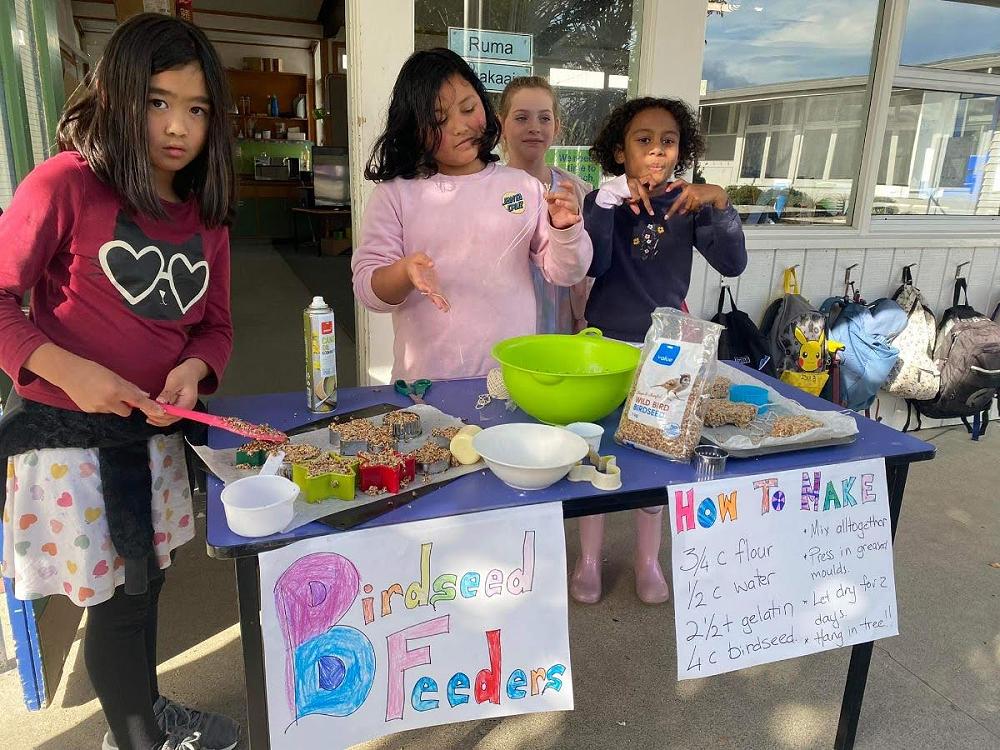
Learning for today
What we know about learning has increased dramatically over the last 20 years. As a school we are continually inquiring into practice through a future-focused lens and creating learning opportunities that harness and spark innovation, creativity, collaboration, digital literacy, and curiosity for the world around us.
MRI scanning that allows us to see inside the brain as learning occurs, and landmark studies such as John Hattie’s Visible Learning (Hattie, 2008) mean that we now have a much better idea of how learning occurs. As a result of these developments and others, we know that quality learning is a combination of the following elements:
Personalised learning: no two individuals learn in the same way, nor do they bring the same prior knowledge to a learning experience. The way we learn is as unique as our fingerprint.
Socially constructed learning (Johnson, 1981): the collaboration, peer-tutoring and reciprocal teaching that occurs when students work together results in a deeper understanding of the material being covered.
Differentiated learning (Bloom, 1974): the prior knowledge we all bring to a task means individuals require different levels of challenge, pace, content and context.
Learning that is initiated by students themselves (Ramey & Ramey, 2004): typically when a student initiates a learning experience or exploration, they learn more.
Learning that is connected to the physical world and authentic contexts: children learn through interaction with others and the physical world (Malone & Tranter, 2003). For example, learning about pond ecosystems is more powerful if students visit a pond in addition to learning about them in a classroom or textbook.
Most of New Zealand’s school buildings were built in a time when direct instruction was considered the only pedagogy that resulted in effective learning. “Factory-style’ learning (where all students learn the same things, at the same time, in lock-step fashion) has largely disappeared from our classes. However the actual classrooms largely remain as they were originally designed, and still retain the suggestion of factory-style learning. The collaborative practice inside our learning spaces is working to change that perception!
(Mark Osborne - Modern Learning Environments - April 2013)